On 9 June 1944, the 3rd Company of the 12th SS Panzer Regiment of the 12th SS Panzer Division — the Hitlerjugend — was tasked to seize the French village of Norrey-en-Bessin. The world was three days into the D-Day invasion, and the battlefield situation remained both fluid and chaotic. How Operation Overlord might ultimately turn out was anybody’s guess. With such an uncertain milieu as a backdrop, SS Brigade-Fuhrer Kurt Meyer ordered a dozen of his best Panzerkampfwagen Mk V Panther tanks forward into the attack.
Defending the small but vital French town was a beleaguered force of Canadians from the 6th Canadian Armoured Regiment. Their order of battle consisted of nine conventional M4 Sherman tanks along with a single up-gunned British-made Sherman Firefly with a 17-pounder gun. The German attack went in at 1300 hours.
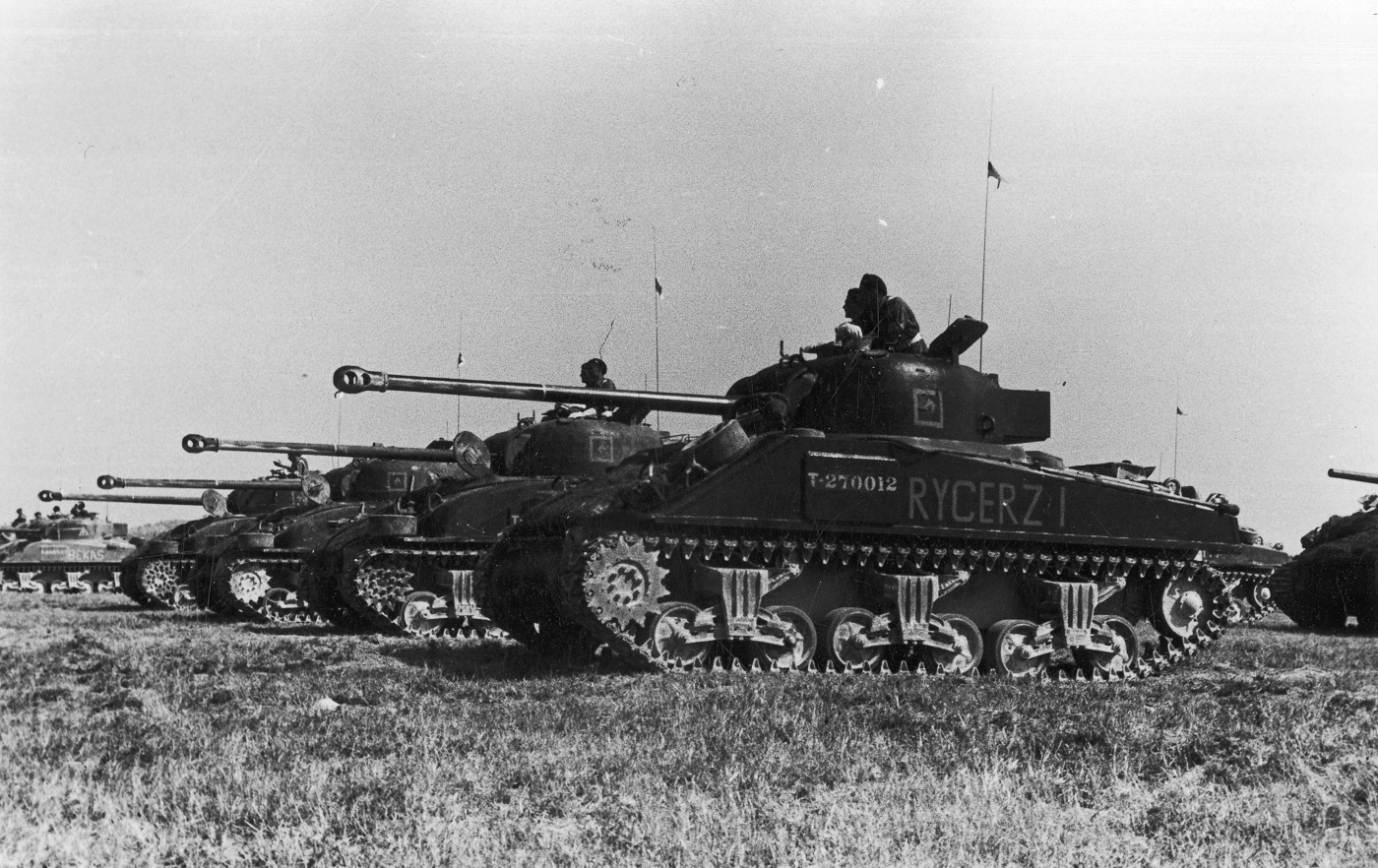
As the German Panthers approached the town at speed, Allied artillery saturated the surrounding area. This forced the associated German infantry to go to ground, leaving the advancing Panthers unsupported. At a range of around 1,000 meters, the Allied tanks opened up from positions of concealment.
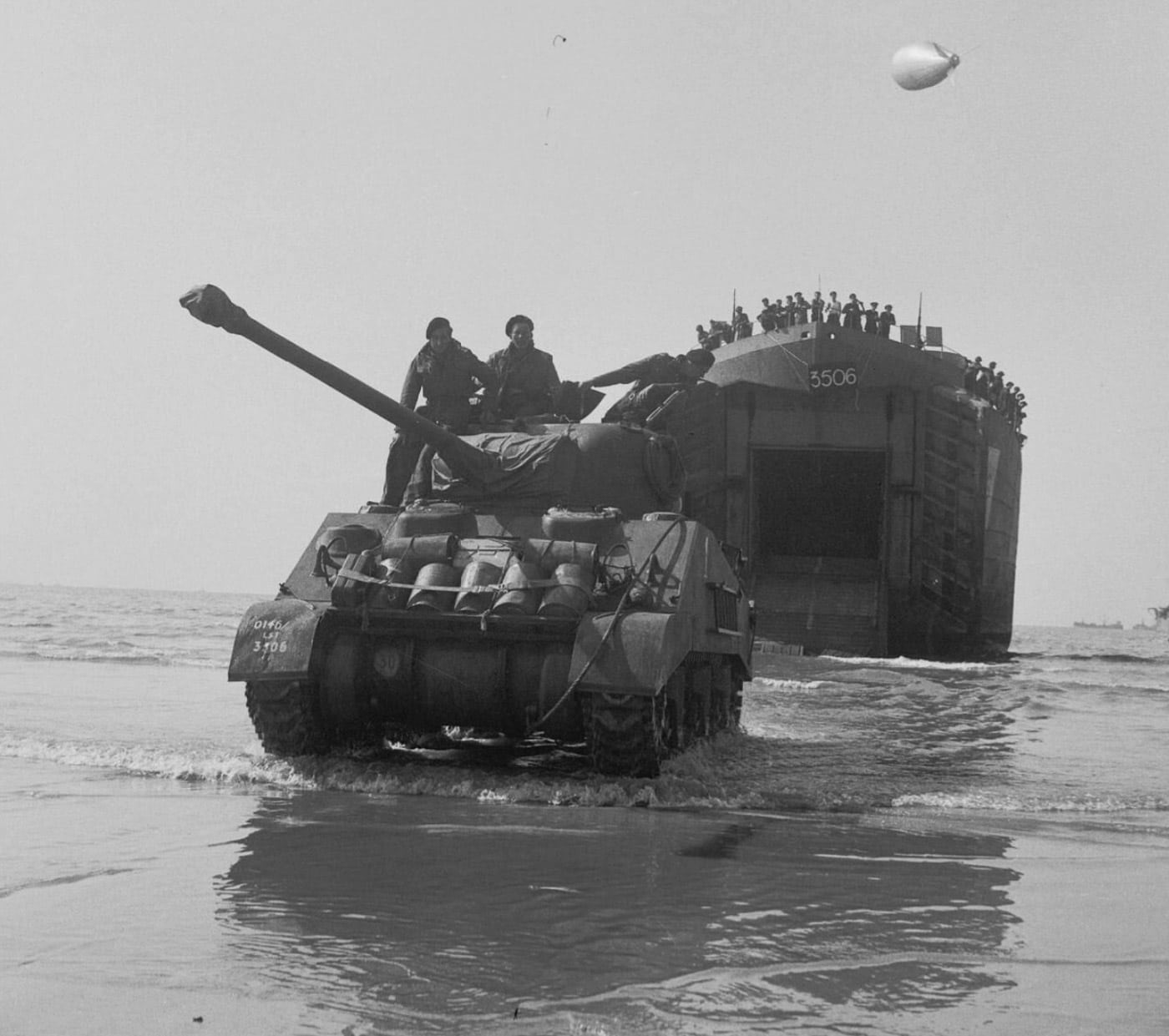
The long-barreled, high-velocity 17-pounder on the Firefly barked in rapid succession, destroying five Panthers at the cost of only six rounds. The short-barreled Shermans accounted for a further two. The surviving five Panthers retreated in disarray, leaving Norrey-en-Bessin firmly in the hands of the Allies. For the German Panzerwaffe deployed in the defense of France in 1944, the game had just changed.
Sherman Tank Misconceptions
It’s imbedded into our collective consciousness so deeply as to have become a trope. We’ve all heard the legends. During World War II, American Shermans paled in comparison to the vaunted German cats. Panthers and Tigers slaughtered the lightweight, mass-produced Yankee tanks in great big bleeding batches, systematically turning Allied armor into deathtraps. A dear friend who had five Shermans shot out from under him between D-Day and V-E Day certainly respected those massive panzers. He did, however, admit that he lost his mounts to anti-tank guns, Teller mines, and panzerfausts. Was that formidable reputation actually based in fact?

The numbers tell a different story. For starters, of the 2,300 German tanks sent into action in Normandy immediately following D-Day, only 126 were Panthers and Tigers. As a result, tank-on-tank exchanges between Shermans and the big German cats were relatively rare.

When the dust settled, we actually lost 1.7 Shermans for every Tiger destroyed in dedicated armor battles. The kill ratio for the German Panther was actually 3.6 Panthers for every Sherman lost in tank-on-tank engagements. One of the reasons for this was a particular Sherman variant designed by the British specifically to counter German heavy armor. That tank, the Sherman Firefly, was the Tiger killer.
Firefly Background
We produced 49,234 Sherman tanks during World War II. The only tank produced in greater numbers was the Russian T34 at some 84,000 units. 2,150 of the American Shermans were converted into British Fireflies.

The Sherman was designed as an infantry support tank. Anti-armor operations were supposed to be the purview of tank destroyers like the M10 and M18. The short-barreled 75mm gun mounted on early Shermans, though a superb anti-personnel weapon, was not terribly effective in the anti-tank role. Based on hard lessons learned in North Africa, two British officers — Maj. George Bighty and Lt. Col. George Witheridge — set about trying to figure out a way to cram a big British 17-pounder antitank gun into the cramped turret of an American M4 Sherman.

These two guys were seriously motivated to get this done. During the 1942 Battle of Gazala near Tobruk, Libya, Lt. Col. Witheridge had been blown out of the turret of his M3 Grant — the British version of the American M3 Lee medium tank. He eventually recovered from his wounds, but he was declared unfit for further combat. This allowed him to devote all of his efforts to upgunning the Sherman. Together with a Vickers engineer named WGK Kilbourn, these three men went to work solving problems.
The 17-pounder quick-firing cannon sported a bore diameter of 76mm just like later model American Sherman guns. However, this superb British anti-tank weapon had a longer barrel and fired more voluminous ammunition. As a result, the 17-pounder could defeat the frontal armor of the largest German tanks, even at long ranges. However, that big 17-pounder gun was hardly a plug-and-play fit in the compact Sherman turret.
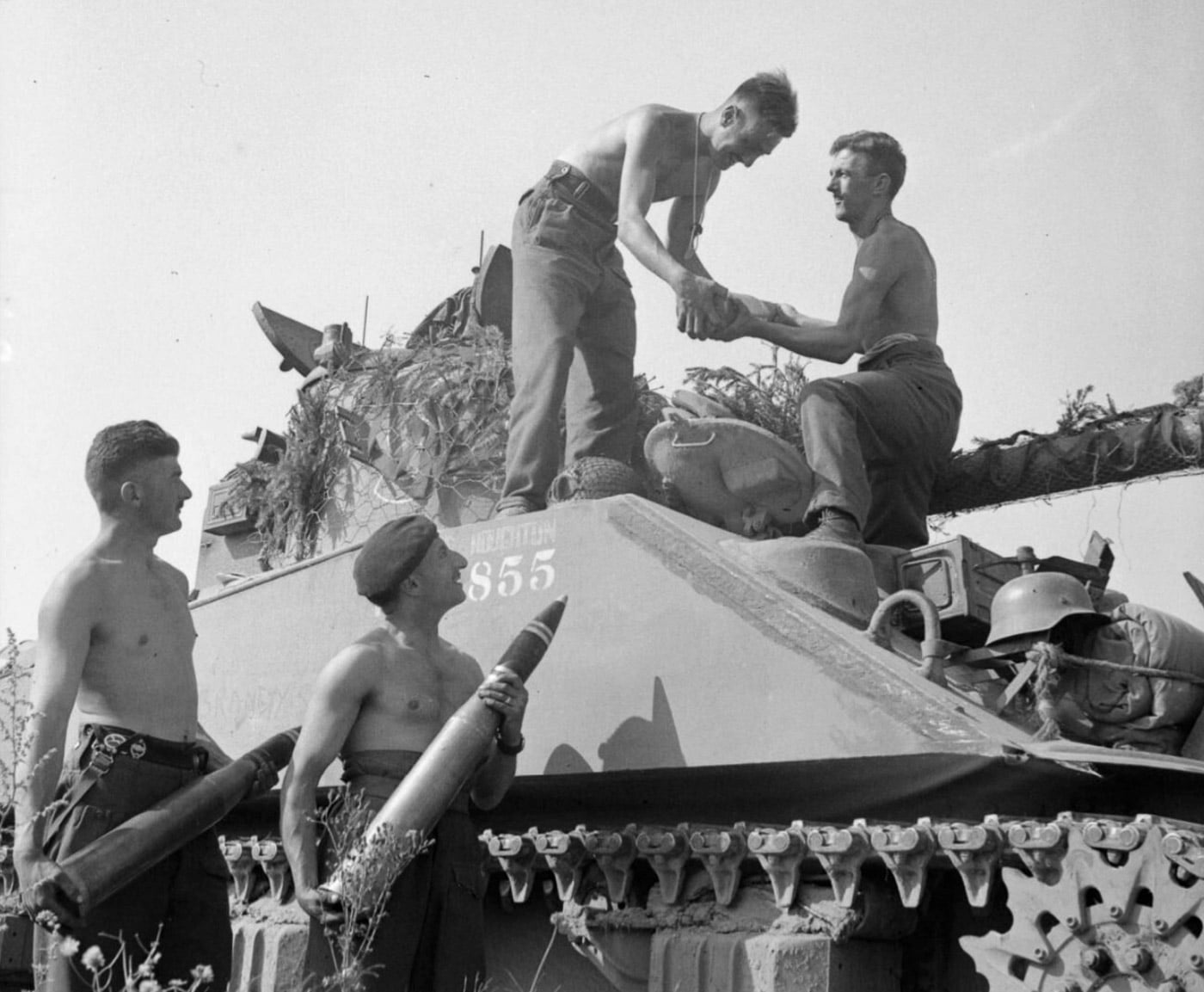
The 17-pounder in a ground mount had a 40-inch recoil stroke. There just wasn’t space inside a Sherman turret to accommodate this much violent motion. Kilbourn’s first solution was simply to bin the recoil system entirely and bolt the gun rigidly to the turret. However, after a few rounds it became obvious that this was going to tear the host tank to pieces. Kilbourn subsequently redesigned the gun’s mounting system to include a pair of shortened recoil cylinders. He then rotated the weapon 90 degrees such that the breech opened on the left rather than the top.
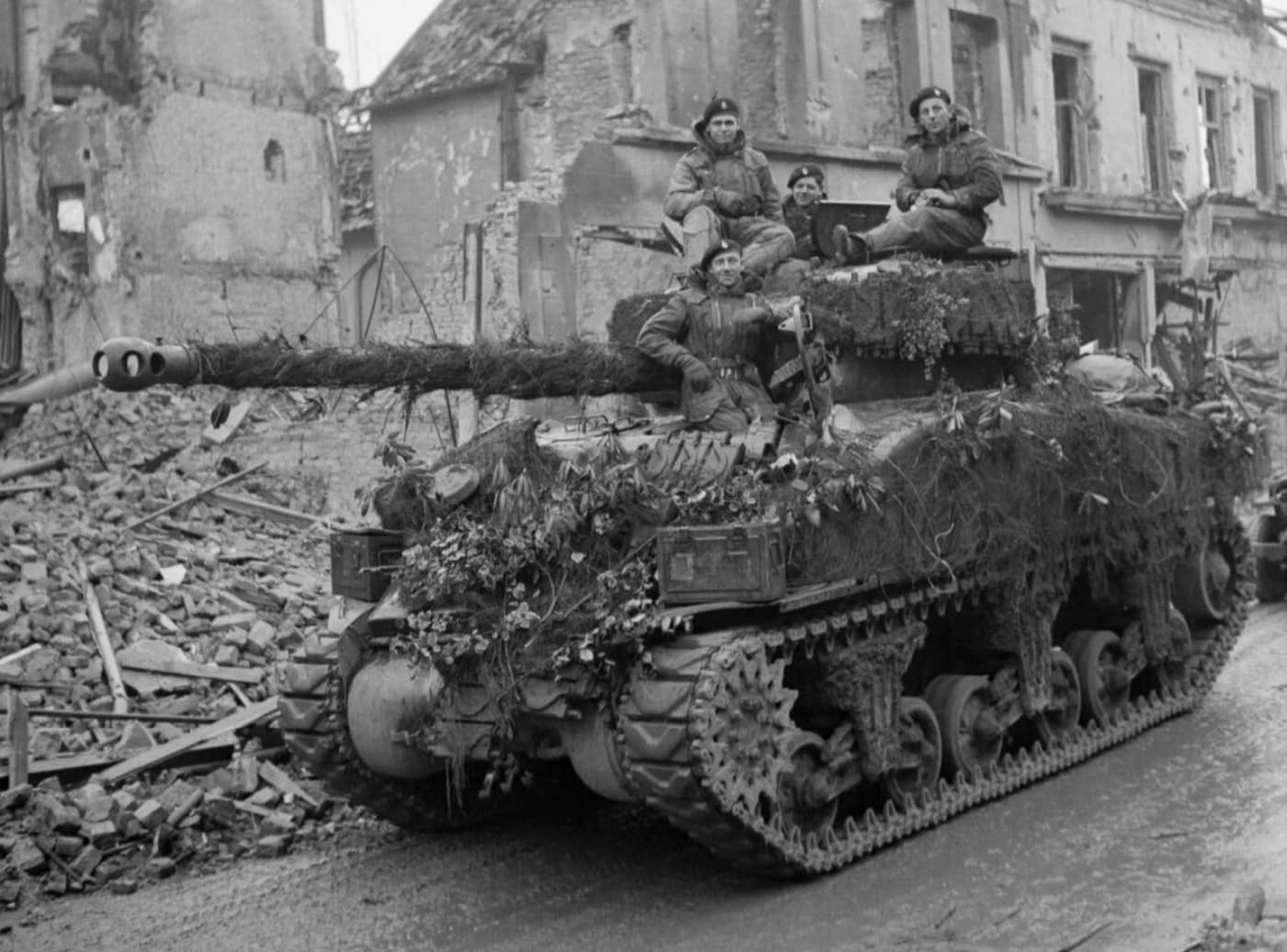
Typically, the radio rode in the rear of the turret. Kilbourn remounted the radio in an external sheet steel box on the bustle and cut a hole in the back of the turret to allow access. He also cut a fresh hatch in the turret roof to allow the loader a means of escape in an emergency. Lastly, given the gargantuan nature of the 17-pounder’s ammunition, the bow gunner and associated machine gun were removed to accommodate extra main gun rounds.
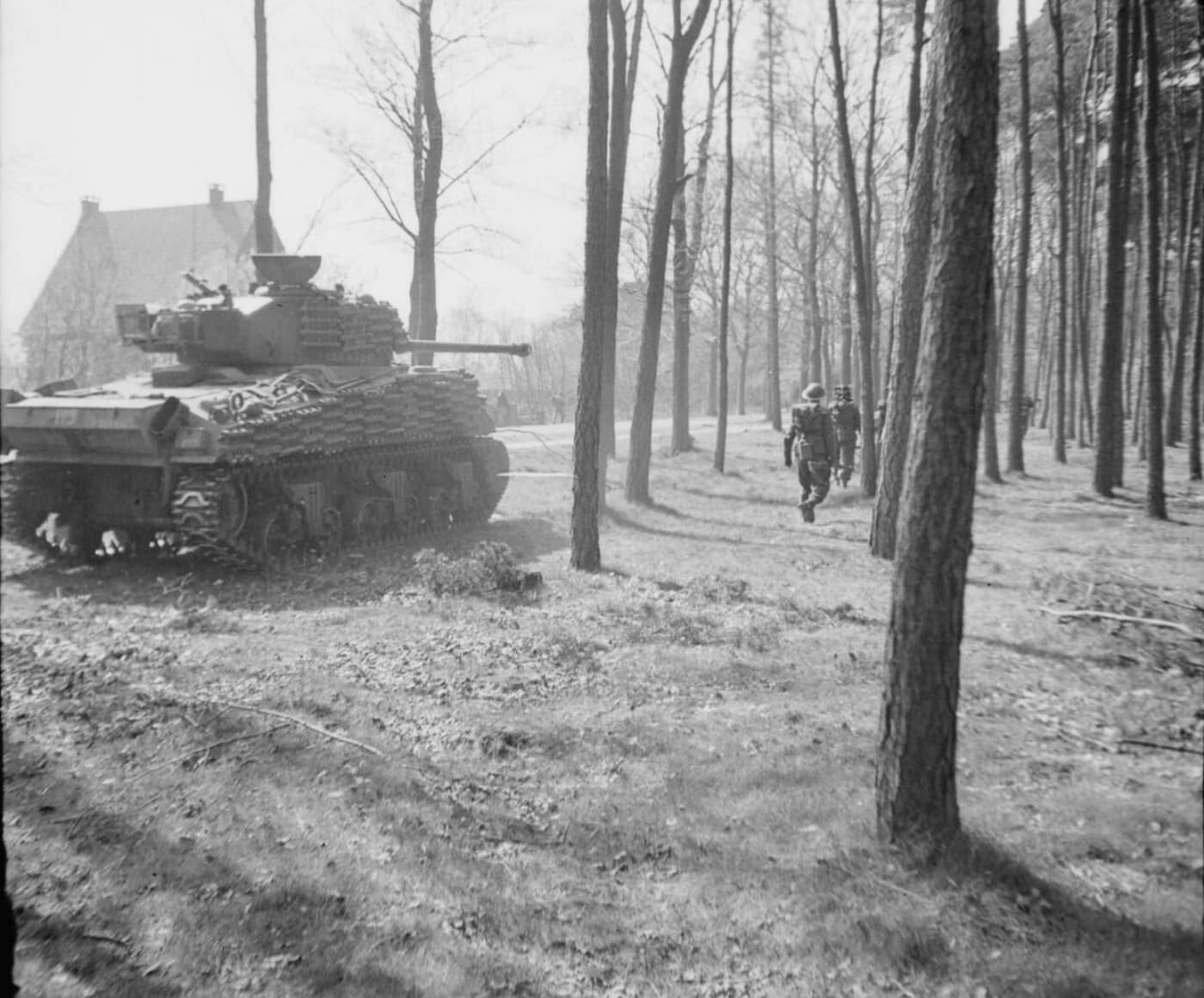
Aside from the enlarged gun, the Firefly was a standard Sherman. This made it reliable and easy to maintain. Once the Firefly established itself on the battlefield, German armored units began concentrating their fire on the long-barreled M4s. Crews therefore often camouflaged the ends of their gun barrels in an effort at making the longer snout less conspicuous.
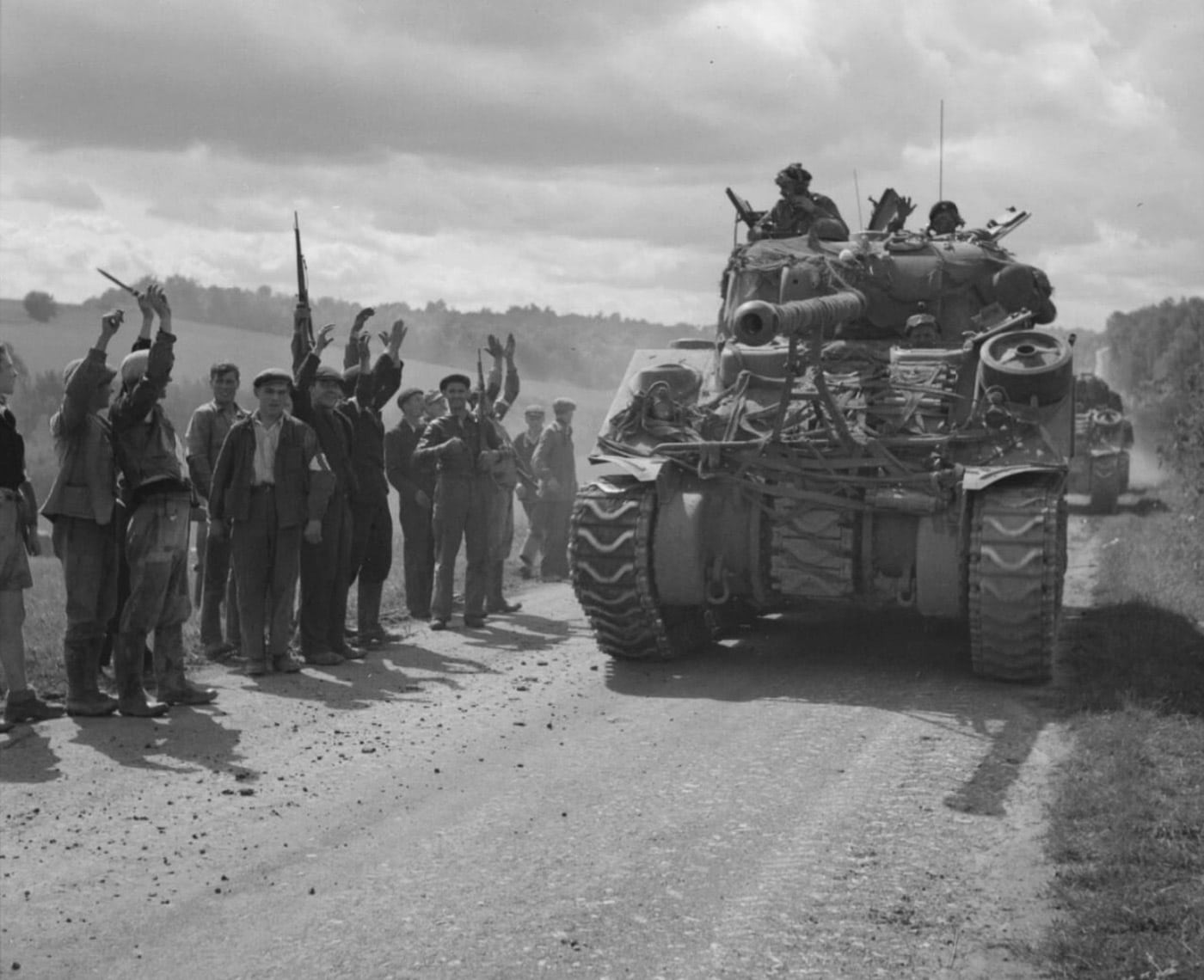
The name Firefly was an informal moniker that eventually stuck. It was based upon the enormous muzzle flash that belched out of the big 17-pounder gun when fired after dark. Gunners and commanders purportedly had to close their eyes at the moment of firing to keep from trashing their night vision. Great care had to be exercised lest the long barrel catch on street signs and similar obstacles. It was also bad to ram into the ground when going up or down inclines.

Later in the war, some British units mounted launch rails for an RP-3 60-pound aerial rocket on each side of the turret for added firepower. Allied troops called these modified tanks “Sherman Tulips.” However, without the airflow over the rockets one might expect from an aerial platform, they were not terribly accurate.
Distribution and Effectiveness
Once word got out regarding the ability of the Firefly to pith German armor, everybody wanted them. 342 Fireflies were available in time for the D-Day landings. Standard British tank troops around this time consisted of three conventional Shermans and one Firefly. The Fireflies experienced lower loss rates as commanders typically positioned them in overwatch positions while the short-barreled tanks closed with the enemy. By February of 1945, most Commonwealth armored units were equipped half-and-half with Fireflies and regular Shermans.

The Firefly was a great example of British ingenuity. When faced with the tactical overmatch presented by the German Panthers and Tigers, scrappy Englishmen engineered a way to cram an enormous 17-pounder antitank gun into their standard M4 service tank. The end result helped level the playing field in Normandy, Belgium, and eventually on into Germany.
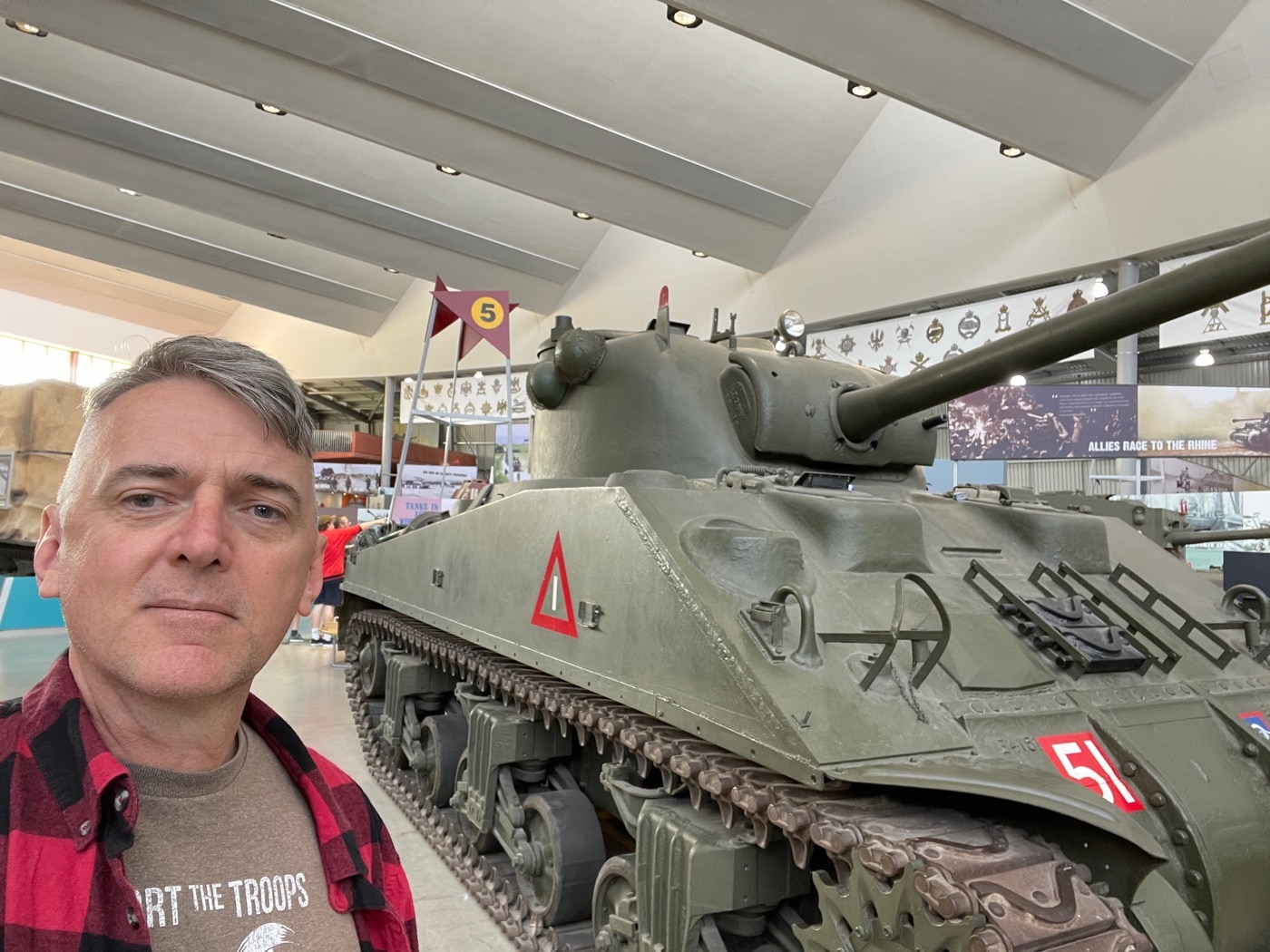
Editor’s Note: Please be sure to check out The Armory Life Forum, where you can comment about our daily articles, as well as just talk guns and gear. Click the “Go To Forum Thread” link below to jump in and discuss this article and much more!
Join the Discussion
Read the full article here








